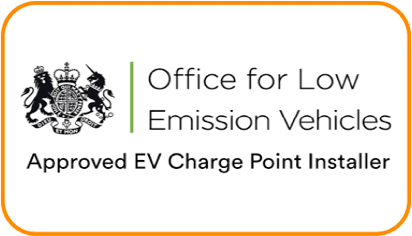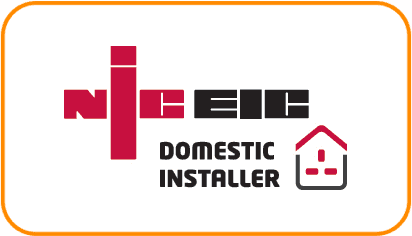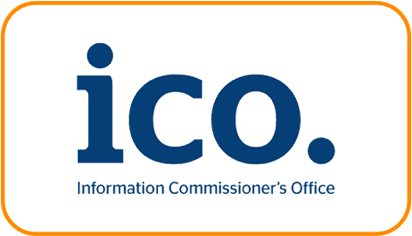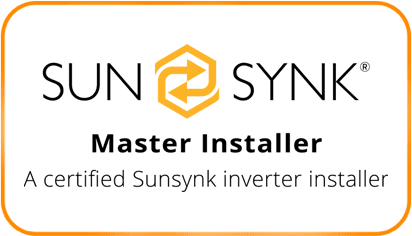British Scientists at the National Physical Laboratory have developed the most cutting-edge solar panels yet – working better on a dull, cloudy day.
The material is as slender and pliable as cloth, and can be produced from any colour and printed in sheets on a 3D printer. Despite the technology only being at the development stage, scientists believe that in the future it could be adopted to make coats or bags – charging phones and laptops or to just simply keep the user warm!
The advanced panels are extremely lightweight, making it ideal for homes without the need to reinforce roofs. Car manufacturer’s Ford and Fiat are also experimenting with the product to comprehend whether it can be attached to car roofs to charge electrical circuits and escape flat batteries.
The new science uses small organic molecules as semi-conductors which is dissolved into a solution and then printed in any shape using a 3D printer. Most photovoltaic cells perform best in strong, direct sunlight. Interestingly, the new material works more efficiently when OUT of direct sunlight – perfect for Britain’s erratic weather. Researchers identified that when testing it in direct sunlight desert conditions, it was only capable of achieving 10% energy efficiency. However, in cloudy conditions it reached 13%.
Dr Fernando Castro, Principal Research Scientist at the National Physical Laboratory in Teddington said: “Organic photovoltaics work much better in low and diffused light conditions. Even if it is cloudy they still work. It’s not that they are going to produce more power but they are more efficient at generating power from the light that is available. So they would work better than normal solar cells do in cloud.”
The material would be more economical and environmentally friendly than regular solar panels, cutting the price of fitting them on homes.
“In the short term it will be used for consumer electronics that you could carry in your bag to charge your phone for example. And it comes in a variety of colours and shapes, instead of black. It can even be transparent so you could put it on windows and you wouldn’t see it.
“It’s also very light so you could just roll it out onto a roof. You wouldn’t need to reinforce the roof and there would be no need for health and safety training,” added Dr Castro.
















